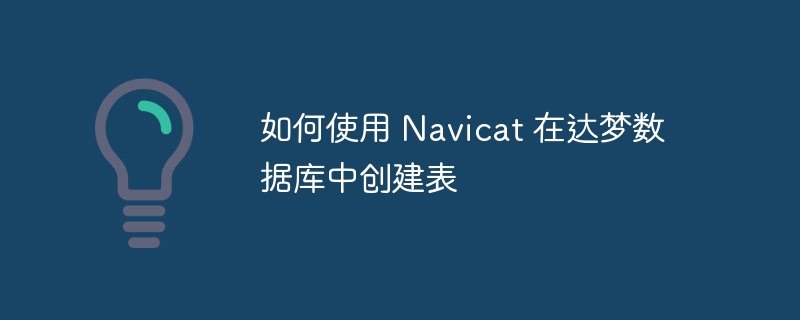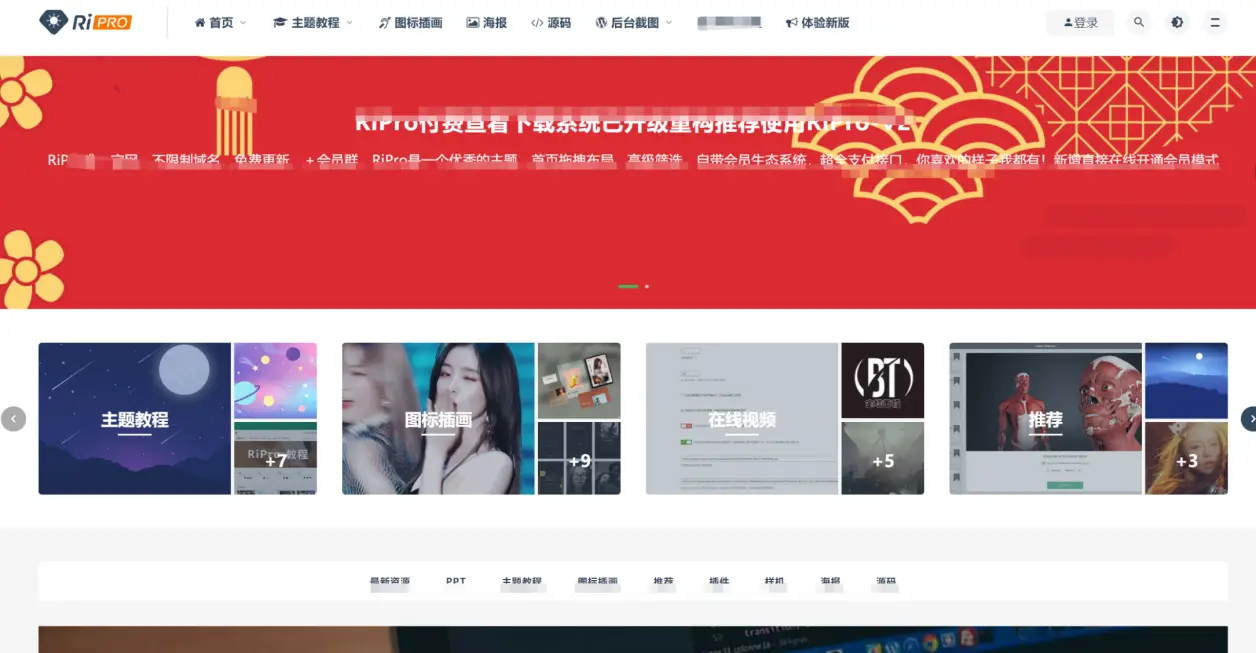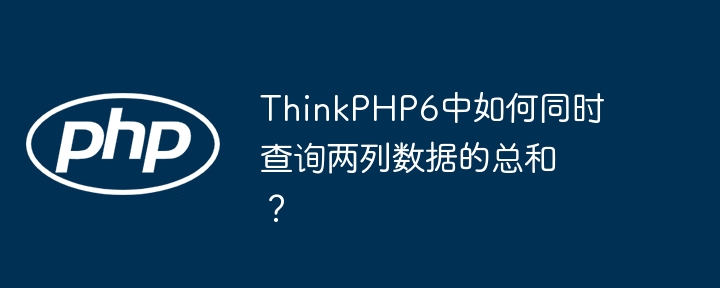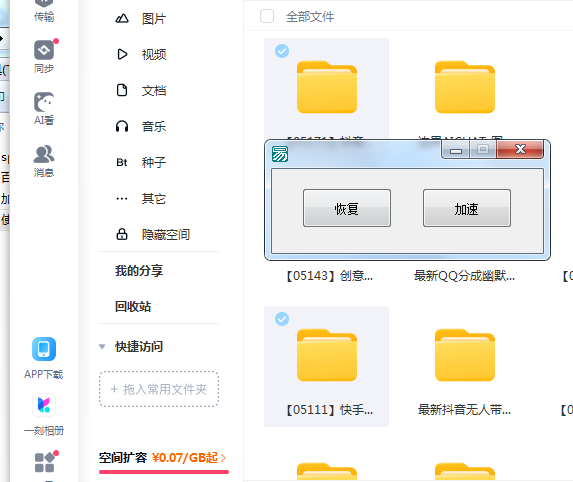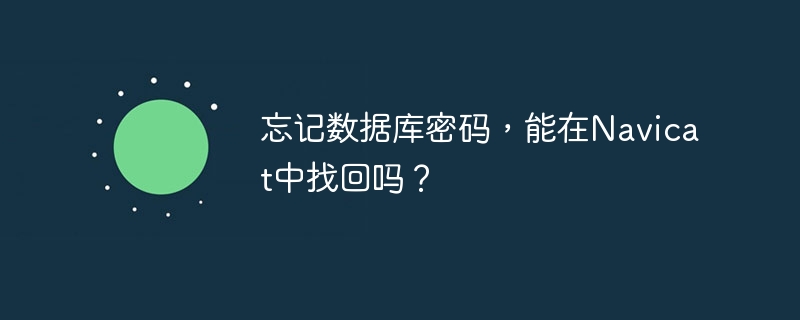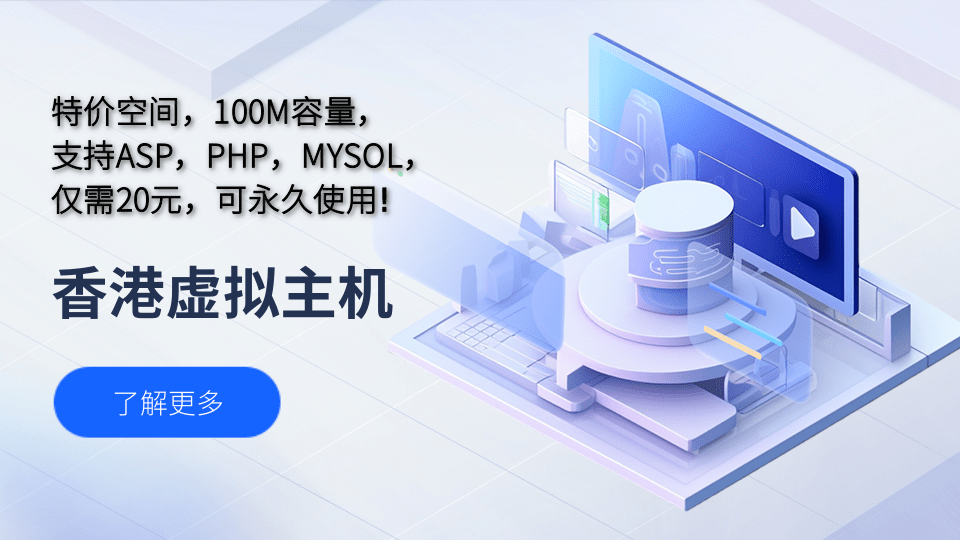本文将详细介绍如何使用python来抓取网站内容,希望能给大家带来实用的参考,助您在学习后有所收获。
python抓取网站的步骤指南
1. 选用合适的工具库
- beautifulsoup:用于解析html和xml文档
- Requests:用于发送http请求
- Selenium:用于控制浏览器并进行交互操作
2. 提取网页内容
import requests <p>url = "<a href="https://www.php.cn/link/b05edd78c294dcf6d960190bf5bde635">https://www.php.cn/link/b05edd78c294dcf6d960190bf5bde635</a>" response = requests.get(url) html_content = response.text
3. 解析HTML文档
立即学习“Python免费学习笔记(深入)”;
from bs4 import BeautifulSoup</p><p>parsed_html = BeautifulSoup(html_content, "html.parser")
4. 数据提取
- 利用parsed_html.find()和parsed_html.find_all()方法查找特定元素。
- 使用.text或.attrs方法获取文本内容或属性值。
- 通过循环遍历结果来提取多个数据点。
# 提取标题 page_title = parsed_html.find("title").text</p><h1>提取所有链接</h1><p>all_links = parsed_html.find_all("a") for link in all_links: print(link.attrs["href"])
5. 处理多页内容
- 查找下一页链接以判断是否有更多页面。
- 使用循环来遍历所有页面并提取数据。
while next_page_link: response = requests.get(next_page_link) html_content = response.text parsed_html = BeautifulSoup(html_content, "html.parser")</p><h1>提取数据</h1><pre class="brush:php;toolbar:false"># ... next_page_link = parsed_html.find("a", {"class": "next-page"})</code>
6. 使用Selenium控制浏览器
- 对于需要与交互式元素(如下拉菜单或验证码)进行操作时,Selenium是理想选择。
- 通过webdriver模块启动浏览器并模拟用户行为。
<code class="python">from selenium import webdriver
browser = webdriver.chrome() browser.get(url)
模拟用户交互操作
7. 处理动态加载内容
- 对于通过JavaScript渲染的页面,需要不同的处理方法。
- 使用selenium.webdriver.common.by模块查找元素并提取数据。
from selenium.webdriver.common.by import By</h1><p>element = browser.find_element(By.ID, "my-element") content = element.text
8. 保存提取的数据
import csv</p><p>with open("output.csv", "w", newline="") as file: writer = csv.writer(file) writer.writerow(data)
9. 错误处理
- 处理在请求、解析或数据提取过程中可能出现的错误。
- 使用try…except语句来处理异常。
- 记录错误以便于调试和维护。
try:</p><h1>执行抓取操作</h1><p>except Exception as e:</p><h1>记录或处理错误
10. 遵循道德标准
- 尊重网站的robots.txt文件。
- 避免对服务器造成过大负载。
- 在使用前获得许可或授权。
以上是关于如何使用Python抓取网站的详细指南。更多相关内容,请继续关注编程学习网!

© 版权声明
文章版权归作者所有,未经允许请勿转载。
THE END
喜欢就支持一下吧
相关推荐





